March 8 is International Women's Day.
And Singapore's history is littered with the contributions of many women.
To commemorate this day, here are five women and their contributions that have made a significant impact on this country.
And chances are, you've probably never even heard of them.
Che Zahara: Women's rights activist
Che Zahara was one of the women involved in setting up the Women's Charter of Singapore, which was successfully enacted in Parliament in 1961.
However, her contributions to women go way back to the post-WWII period when she opened up her Desker Road home to house orphans.
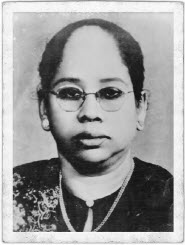 Photo via CheZahara.com
Photo via CheZahara.com
As a firm advocate for women's rights, she also established a welfare home in Singapore for Malay women, the Malay Women's Welfare Association (MWWA), in 1947.
The MWWA saved women and children from a life on the street and provided classes that would equip women with skills and create opportunities for them to earn a living.
She also lobbied for the reform of social issues, such as raising the legal age of sex and marriage to 16 during a time when marriage with a girl as young as nine was legal.
You can read more about her here.
Mary Quintal: First female Assistant Superintendent
Mary Quintal was the first of 10 women to begin police training in Singapore in 1949.
These 10 women eventually signed on to the police force the following year, becoming the first females in the Civil Service to receive equal pay as their male colleagues.
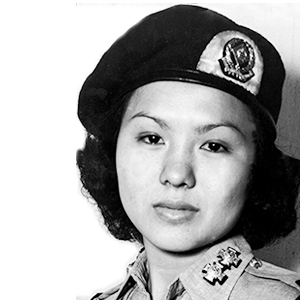 Photo via Singapore Women's Hall of Fame.
Photo via Singapore Women's Hall of Fame.
Quintal was subsequently promoted to the position of Singapore's first female Inspector, and quickly rose through the ranks to become Assistant Superintendent.
She also headed the women's squad for over 10 years.
Maggie Lim: Doctor specialising in maternity & child health
Maggie Lim earned a record six distinctions in her Senior Cambridge examinations, studied at the all-male Raffles Institution and went on to become the first schoolgirl in Singapore to win the coveted Queen's Scholarship in 1930.
She was the first female in the award's 45-year history.
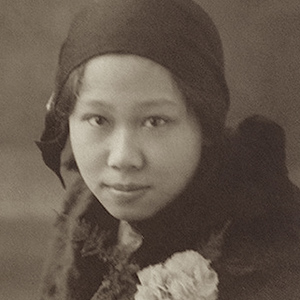 Photo via Singapore Women's Hall of Fame.
Photo via Singapore Women's Hall of Fame.
After studying medicine in London, she came back to Singapore to work as a public health officer where she specialised in maternity and child health.
At that time, poorer women were having a large number of children, leading to the children suffering from malnutrition.
Mothers with sick children also had nowhere to turn to to receive pre-natal check-ups.
Hence, in the 1940s and 1950s, she developed a network of maternal and child care clinics in Prinsep Street, Tiong Bahru, Joo Chiat and Outram Road to help advise patients.
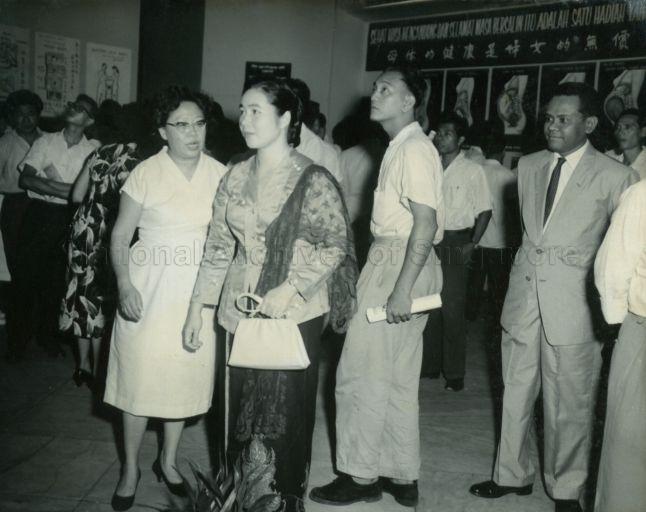 Maggie Lim (in white) next to Puan Noor Aisah, wife of Yusof Ishak. Photo via NAS.
Maggie Lim (in white) next to Puan Noor Aisah, wife of Yusof Ishak. Photo via NAS.
Seeing the plight of women faced with unplanned pregnancies, she also led an ambitious publicity programme advocating for birth control in Singapore despite resistance from plenty of religious groups.
You can read more about her here.
Hedwig Anuar: Laying foundations for modern library system
Director of the National Library Board of Singapore from 1965 until 1988, Hedwig Anuar was instrumental in promoting, developing and shaping libraries in Singapore.
She launched the Read More Books Campaign in the 1950s, introduced the mobile library service in 1960, started the young people's collection for teenagers and spearheaded the library's computerisation in the 1980s.
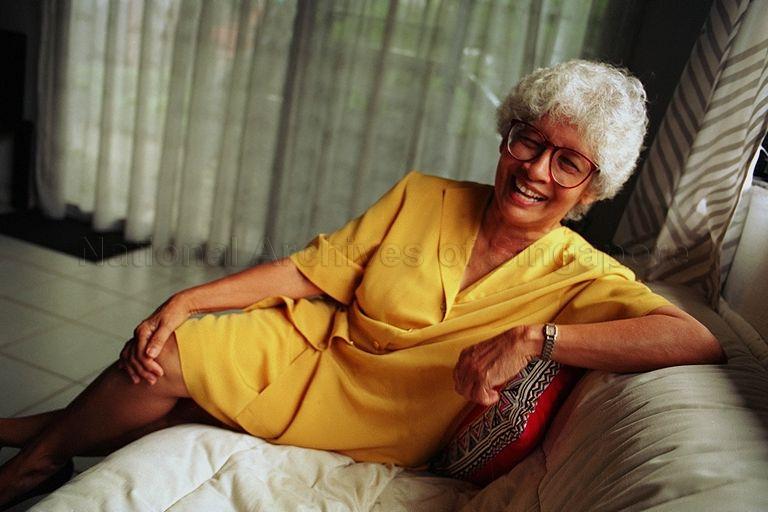 1993. Photo via NAS.
1993. Photo via NAS.
 Photo via NAS.
Photo via NAS.
Born in 1928, Hedwig lived through the Japanese occupation and subsequently entered Raffles College in 1947.
During her college days, she also gave English lessons to Malayan women in classes run by the People’s Education Association.
Janet Lim: Pioneer in nursing
Born as Quek Chiu Mei, Lim was sold off to a rich man as a mui tsai (referring to young Chinese women who worked as domestic servants).
Despite having a difficult childhood after being sold into servitude, she also went through various hardships during the Japanese occupation when the Japanese tried to make her a comfort woman.
After the war, she helped former comfort women at the Social Hygiene Hospital and also became a midwife.
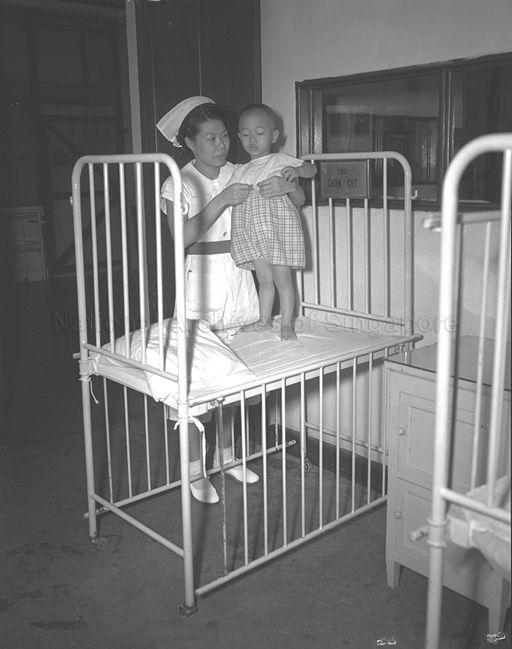 Photo via NAS.
Photo via NAS.
In 1951, Lim pursued further nursing studies in Britain, becoming the first nurse from Singapore to do so.
She eventually returned to work as a nurse in Singapore and was appointed Singapore’s first Asian hospital matron of St Andrew’s Mission Hospital in 1954.
Lim subsequently wrote the first local autobiography, Sold for Silver, which was published in 1958.
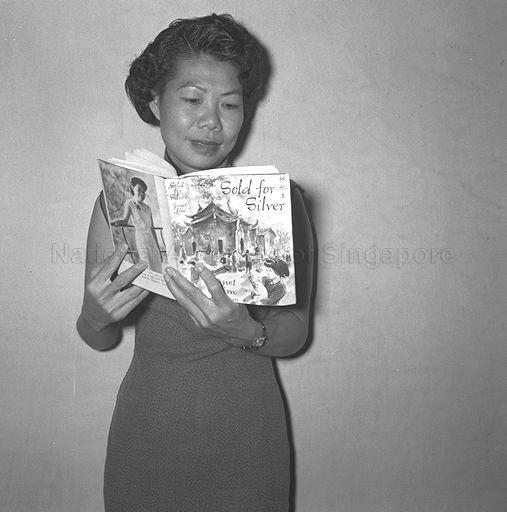 Photo via NAS.
Photo via NAS.
Top photo composite image, photo via NAS & Singapore Women's Hall of Fame.
If you like what you read, follow us on Facebook, Instagram, Twitter and Telegram to get the latest updates.
